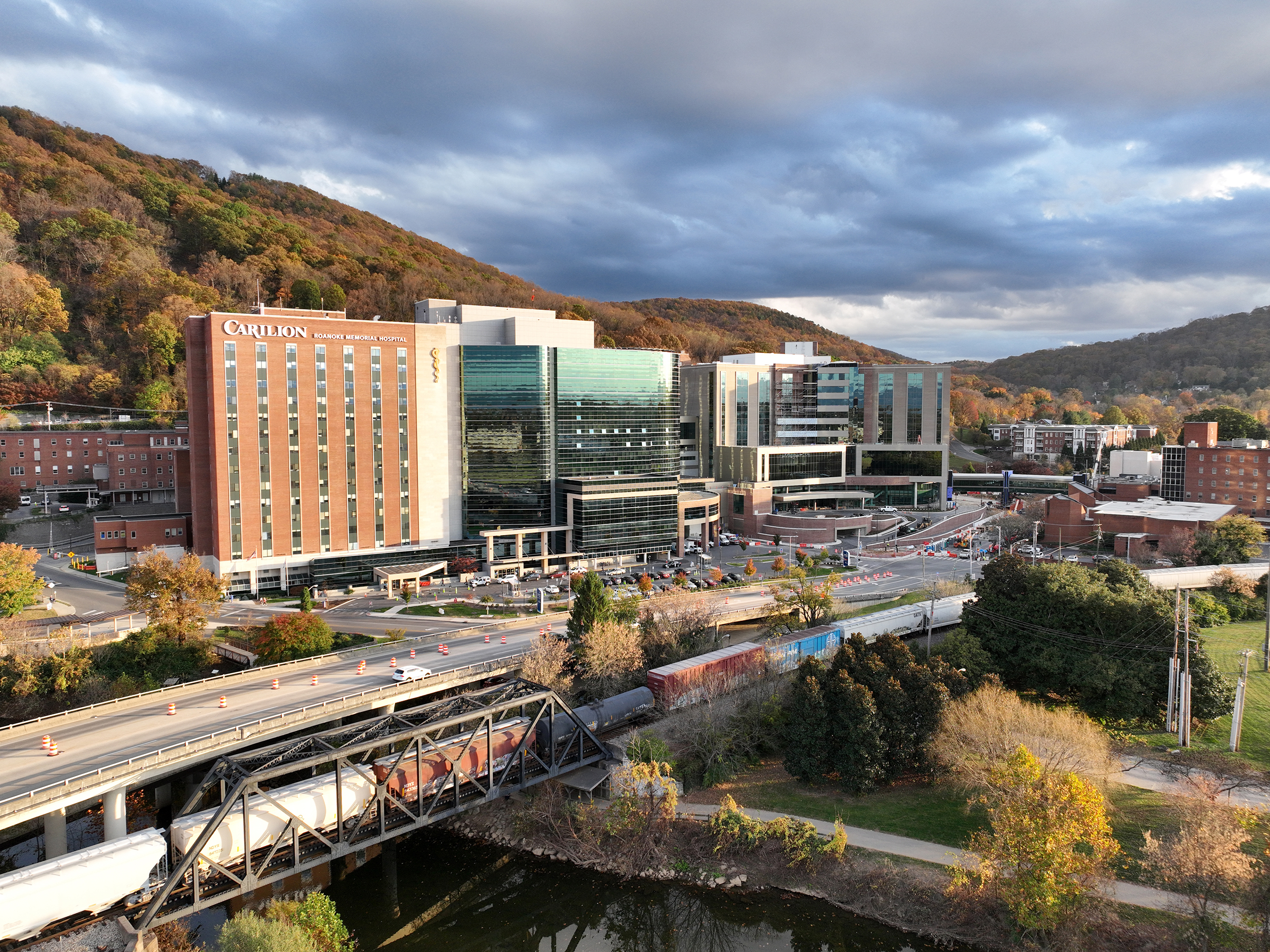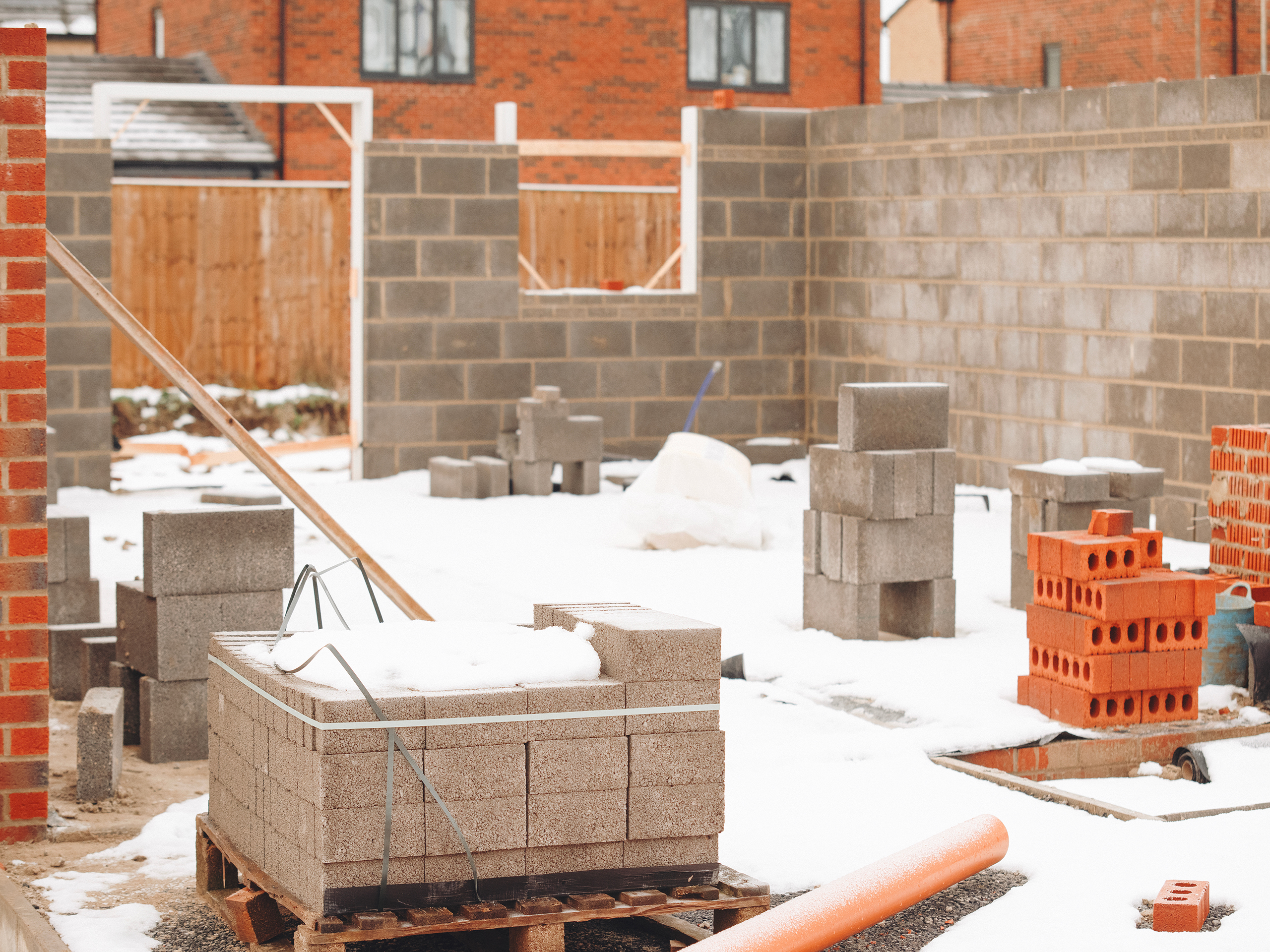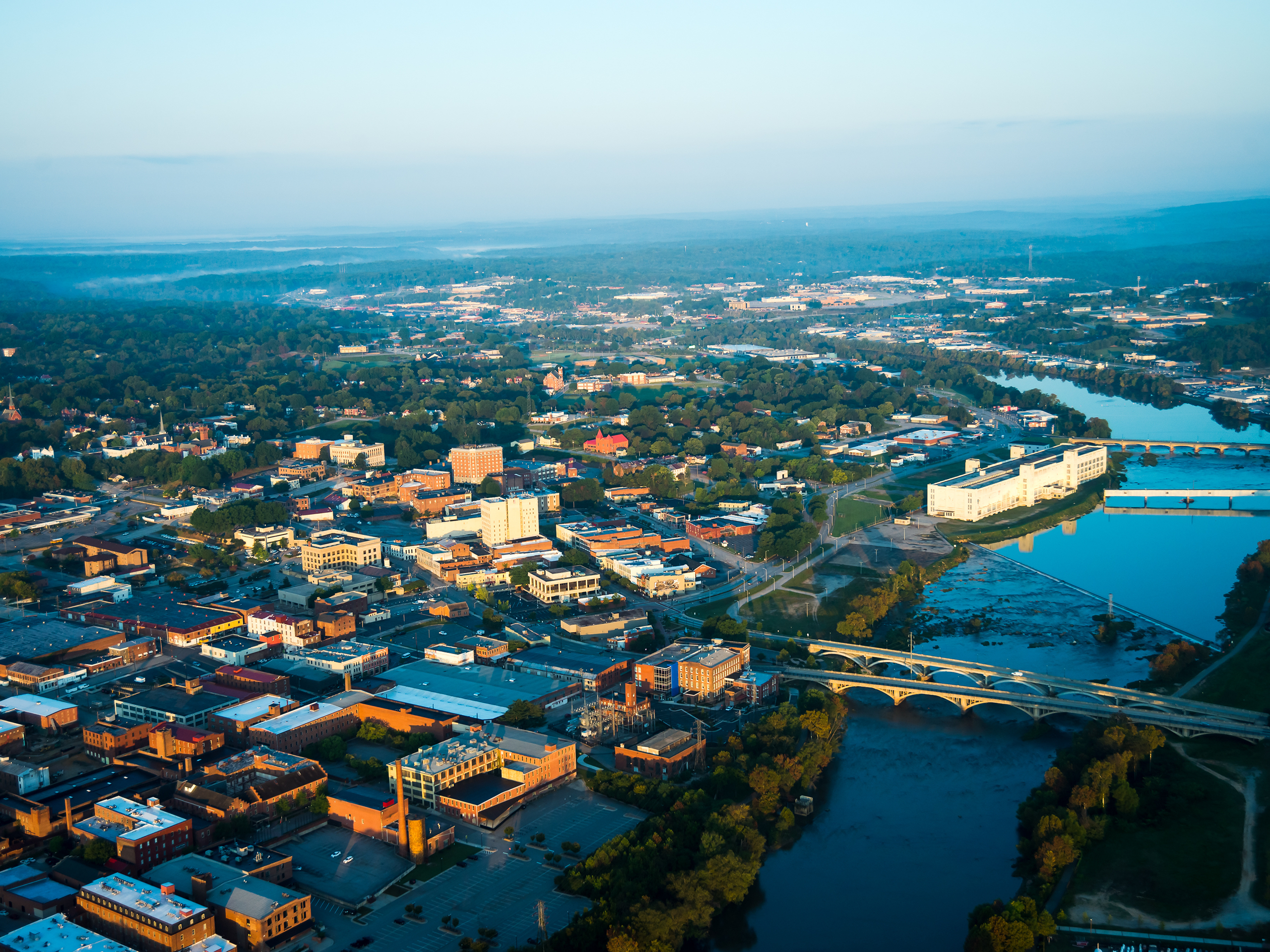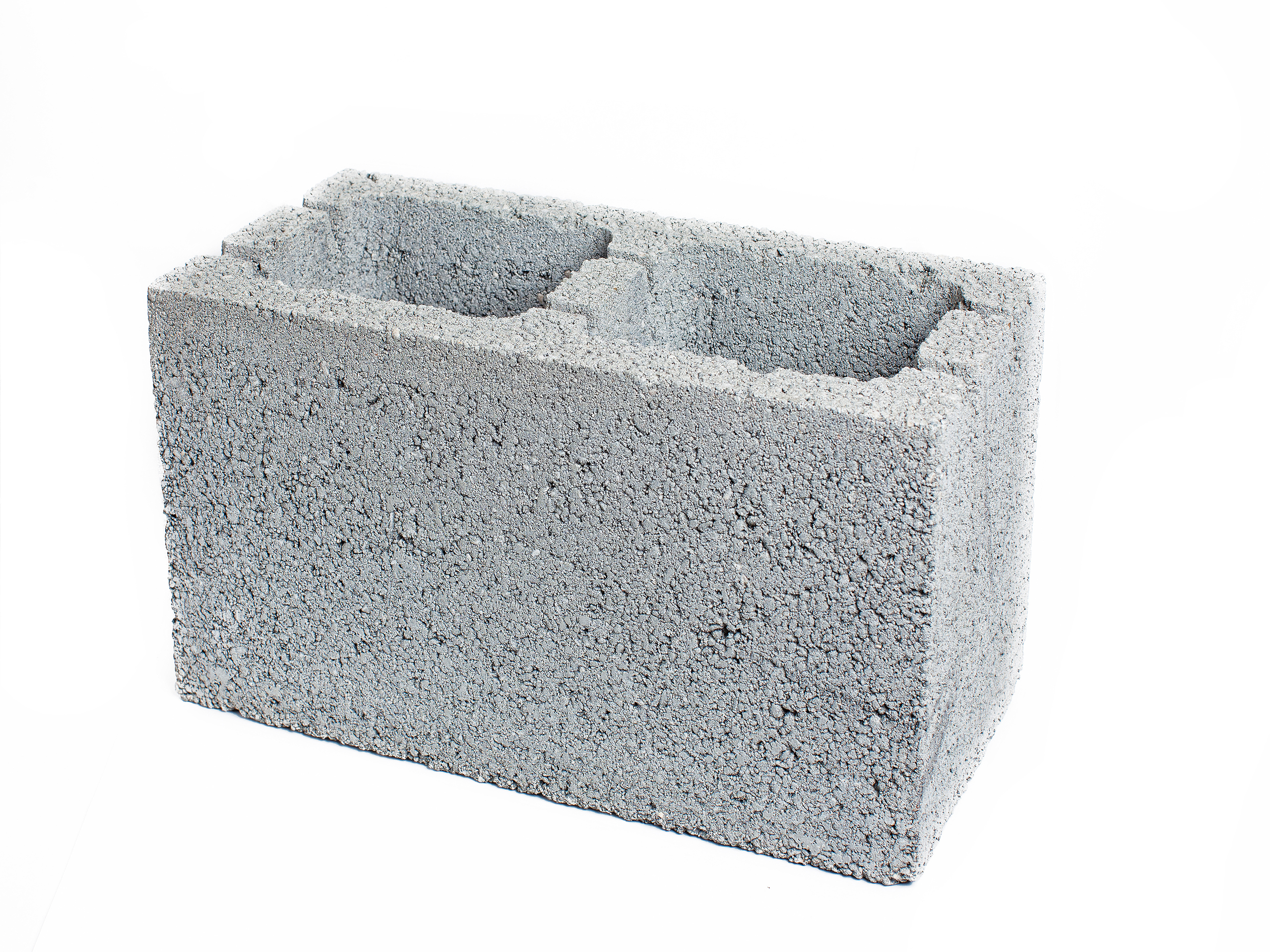Exactly what are project special inspections? Well, the definition of special inspections is a bit nebulous and morphs into one meaning after another, depending on the source and the specific construction discipline you are discussing. It also depends on the jurisdiction location of your project. In Virginia, where this article was written, the Administrative Code of Virginia defines special inspections as “Those inspections that are required for building and structural components, identified in the International Building Code (IBC) when the design of these components is required to be performed by a professional engineer or architect.”
This definition of special inspections may appear ambiguous, but it is clearer than most of the dozens of definitions you will find elsewhere. Even the IBC code definition is a bit murky, and it states that the special inspections discipline is “The inspection of construction requiring the expertise of an approved special inspector in order to ensure compliance with the IBC code and the approved construction documents.” Most statewide codes define special inspections with language very similar to Virginia’s. It is important to note that most statewide codes take precedence over the IBC code when conflicts exist between them.
As difficult as getting a handle on the meaning of special inspections can be, it is even more challenging to determine which particular special inspections are required for a specific project. Where you find the answers is not that complicated; always begin with Chapter 17 of the IBC code entitled “Special Inspections and Tests.” Chapter 17 of the IBC code stipulates dozens (perhaps hundreds) of special inspections and tests required of materials, installation, fabrication, erection, or placement of components, assemblies, and connections requiring special knowledge and expertise to ensure compliance with the IBC code, approved construction documents, and reference standards and codes.
Pause now and give 100 percent attention to the last four words of the previous sentence – reference standards and codes. Chapter 17 specifies many code-required special inspections and tests; however, considerably more special inspections and tests are required in the reference standards and codes listed in Chapter 35 of the IBC code. Chapter 35 is entitled “Referenced Standards” and lists hundreds of reference standards and codes, all of which are adopted by the IBC code in their entirety. For the construction methods and construction materials on the project to comply with the IBC code, they must comply with all applicable reference standards and codes that comprise Chapter 35.
Before the conversation departs from the IBC code-required special inspections, it is important to remember that there are chapters other than 17 and 35 and additional sections of the IBC code that specify special inspections and tests for the many varied disciplines of building construction.
Some of the IBC code book chapters that address special inspections and tests are:
- Chapter 3 Occupancy Classification and Use
- Chapter 4 Special Detailed Requirements Based on Occupancy and Use
- Chapter 6 Types of Construction
- Chapter 7 Fire & Smoke Protection Features
- Chapter 16 Structural Design – Table 1604.5 Risk
Category of Buildings and Other Structures
- Chapter 17 Special Inspections & Tests
- Chapter 18 Soils and Foundations
- Chapter 19 Concrete
- Chapter 21 Masonry
- Chapter 22 Steel
- Chapter 23 Wood
- Chapter 35 Referenced Standards
Chapter 17 of the IBC code is entitled “Special Inspections & Tests” and specifies many special inspections and tests for almost all building disciplines. It is worth noting that all the other IBC code chapters listed above either set forth code-required special inspections, tests, or frequencies of certain special inspections and tests. IBC code chapters three through 35 are all part of the IBC code, and the code-required mandates of these chapters are enforceable and no less important than those addressed in Chapter 17.
Chapter 17 stipulates numerous model codes and standards to govern the IBC code-required special inspections and tests designed to monitor and measure the materials and workmanship critical to the integrity of the building structure. Table 1705.3, entitled “Required Special Inspections and Tests for Concrete Construction,” resides in Chapter 17, along with several pages of compliance criteria for sprayed fire-resistant materials (SFRM). Most of the Chapter 17 model codes and standards are also listed in Chapter 35 of the IBC code book.
Chapter 18 Soils & Foundations
The provisions of this chapter apply to building and foundation systems. This part of the code mandates a geotechnical investigation for every project (Section 1803) unless waived by the building official. Shallow and deep foundations are addressed, and the minimum content of the geotechnical report is also included. The geotechnical report is confirmed as code law in Section 1705.6 of Chapter 17, and the soils special inspector is charged with the responsibility to verify that the recommendations of the approved geotechnical report are complied with during earthwork construction phases. While Table 1705.6 lists some minimal (soils) special inspections and tests, Chapter 18 stipulates minimum code-required inspections and tests when shallow foundations bear on compacted fill material (Section 1803.5). Chapter 18 also sets some minimum requirements for controlled low-strength material (CLSM), sometimes called flowable fill. Many of the code-related criteria in Chapter 18 usually end up being cited in the approved geotechnical report.
Chapter 19 Concrete
The provisions of this chapter govern the materials, quality control, design, and construction of concrete used in structures. Considerable compliance criteria are outlined in Chapter 19; the chapter designates Chapter 17 and Table 1705.3, “Required Special Inspections and Tests of Concrete Construction,” as one of the primary sources of concrete special inspections along with ACI 318 (Concrete Code). When all reference standards cited in Table 1705.3 are considered, Table 1705.3 requires fifty-plus special inspections or tests. It is important to know that Chapter 19 also stipulates certain modifications to ACI 318 insofar as code compliance criteria (Section 1905.1 through 1905.1.8). ACI 301, “Specifications for Structural Concrete,” is also a primary source of compliance criteria because it is the foundation of every concrete specification in the land and is part of almost every set of approved project contract documents. ACI 318 requires that all project concrete mix proportions comply with the requirements of article 4.2.3 of ACI 301. The approved concrete mixtures should also comply with the concrete exposure class criteria outlined in ACI 318, Chapter 19, specifically Table 19.3.2.1, entitled “Requirements for Concrete by Exposure Class.”
Concrete Reinforcing Steel
Regarding the special inspections required on concrete reinforcing steel, Table 1705.3 of Chapter 17 of the IBC code lists several sections of the concrete code (ACI 318) that reference reinforcing steel special inspections, including ACI 318, Chapter 20 (Steel Reinforcement Properties). The Concrete Reinforcing Steel Institute (CRSI) also stipulates required inspections in the CRSI code books entitled “Manual of Standard Practice” and “Placing Reinforcing Bars.” Most approved project contract documents state that concrete reinforcing steel and its placement must comply with CRSI acceptance criteria.
Chapter 21 Masonry
This chapter governs masonry’s materials, design, construction, and quality. Like Chapter 17, Chapter 21 establishes that construction materials and construction procedures shall be in accordance with TMS 402/602, “Building Code Requirements and Specification for Masonry Structures.” The masonry building code book is approximately 359 pages long, and the first 254 pages are TMS 402, which is the code portion of the book. The second 105 pages of the masonry code book are TMS 602, which is the specifications portion of the book. You can find most of the code-required masonry special inspections in TMS 602; however, there are some code-required special inspections in TMS 402. TMS 402 (the code) is written like the IBC in chapters and sections, while TMS 602 (the specifications) is written like a CSI specification in parts and articles. Note: TMS 402 (the code) adopts TMS 602 (the specifications) as a reference standard; therefore, all the masonry compliance criteria specified in TMS 602 (specifications) are adopted by TMS 402 (the code) in its entirety.
Chapter 21 Steel
The provisions of this chapter govern the quality, design, fabrication, and erection of steel construction. From a special inspections standpoint, Chapter 21 invokes AISC 360, “American Institute of Steel Construction,” and Chapter N of AISC 360 contains mostly narrative and tables stipulating specific steel special inspections. Chapter 21 also requires that the design, installation, and special inspections of cold-formed steel light-frame construction be in accordance with AISI S240, “North American Standard for Cold-Formed Steel Structural Framing.” Chapter D of S240 serves the same purpose as Chapter N of AISC 360 in that it is the “Quality Control/Quality Assurance” chapter and specifies code-required special inspections related to cold-formed steel. Chapter 21 of the IBC code invokes several other referenced model codes, such as ACI 318 (concrete code), specifically for concrete/steel composite construction. Still, most special inspections are covered by AISC 360, AISI S240, and various American Welding Society (AWS) codes, which are mostly referenced in AISC 360 and Chapter 35 of the IBC code. AISC 360 also adopts the Research Council on Structural Connections (RCSC) acceptance criteria, which impacts special inspections on bolted connections.
Chapter 23 Wood
The provisions of this chapter govern the materials, design, construction, and quality of wood members and their fasteners. Most wood construction does not require special inspections, but some special inspections have often been required during the fabrication process and for high-load diaphragms, which are cited in Section 2306.2 of Chapter 23. IBC 2021 has added a new special inspections table (Table 1705.3) entitled “Required Special Inspections of Mass Timber Construction.” Chapter 5, Section 509.4, of the IBC code also contains an important narrative related to the fire resistance of barrier walls and horizontal assemblies in Type IV-B or IV-C construction. The special inspections required by Table 1705.3 are primarily required during the erection phases of mass timber construction, such as those used in podium-type construction.
The separate categories contained in this article do not include all of the special inspections and tests required by the IBC code. Still, the various IBC chapters and referenced model codes addressed in this article do include the lion’s share of the numerous IBC-sanctioned model codes that stipulate the code-required special inspections generally required for the majority of project work. This edition of Speaking in Code was created to assist professionals responsible for listing all of the code-required special inspections in the project Statement of Special Inspections, which is required for all construction projects by the IBC code in Section 1704.3 of Chapter 17.






